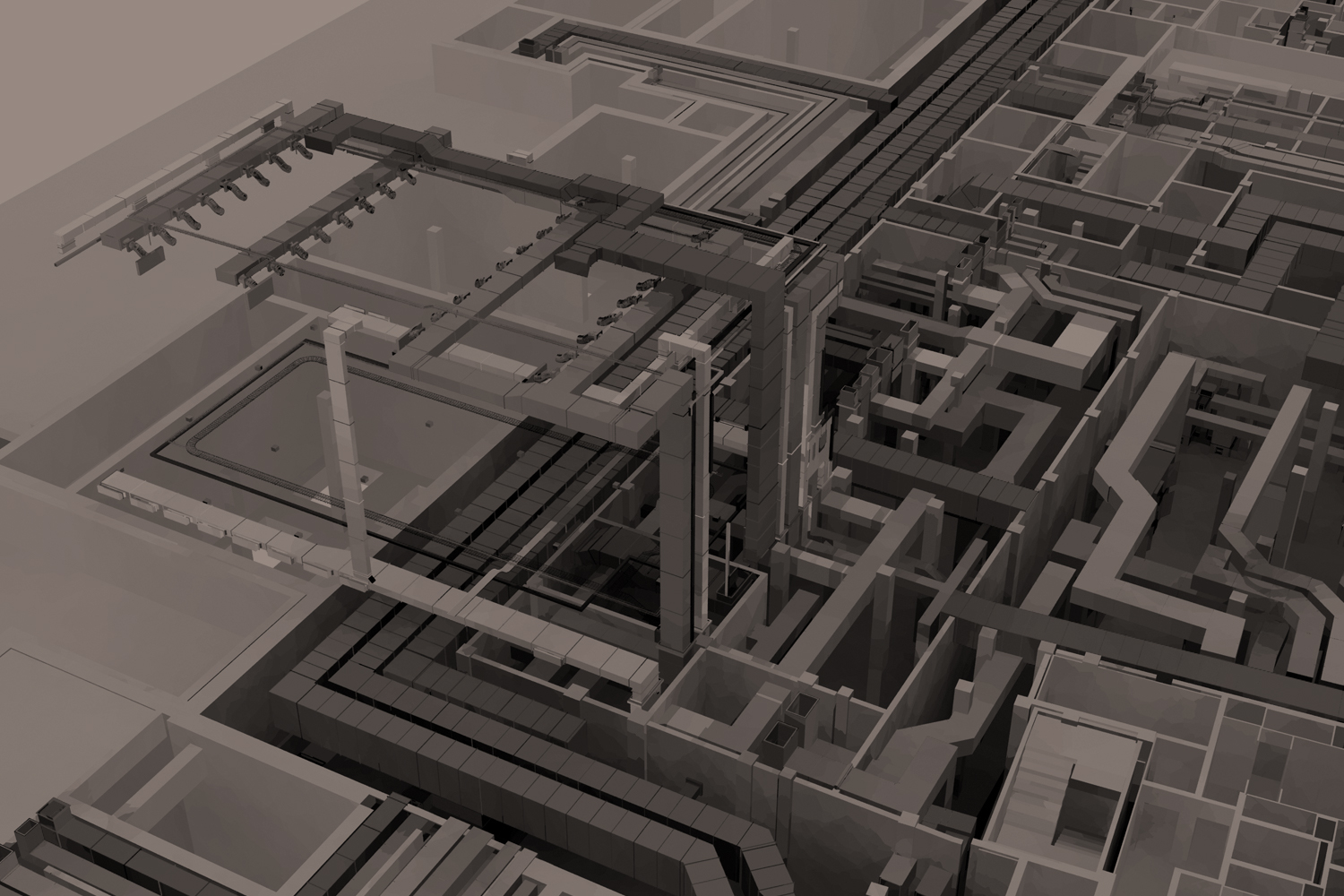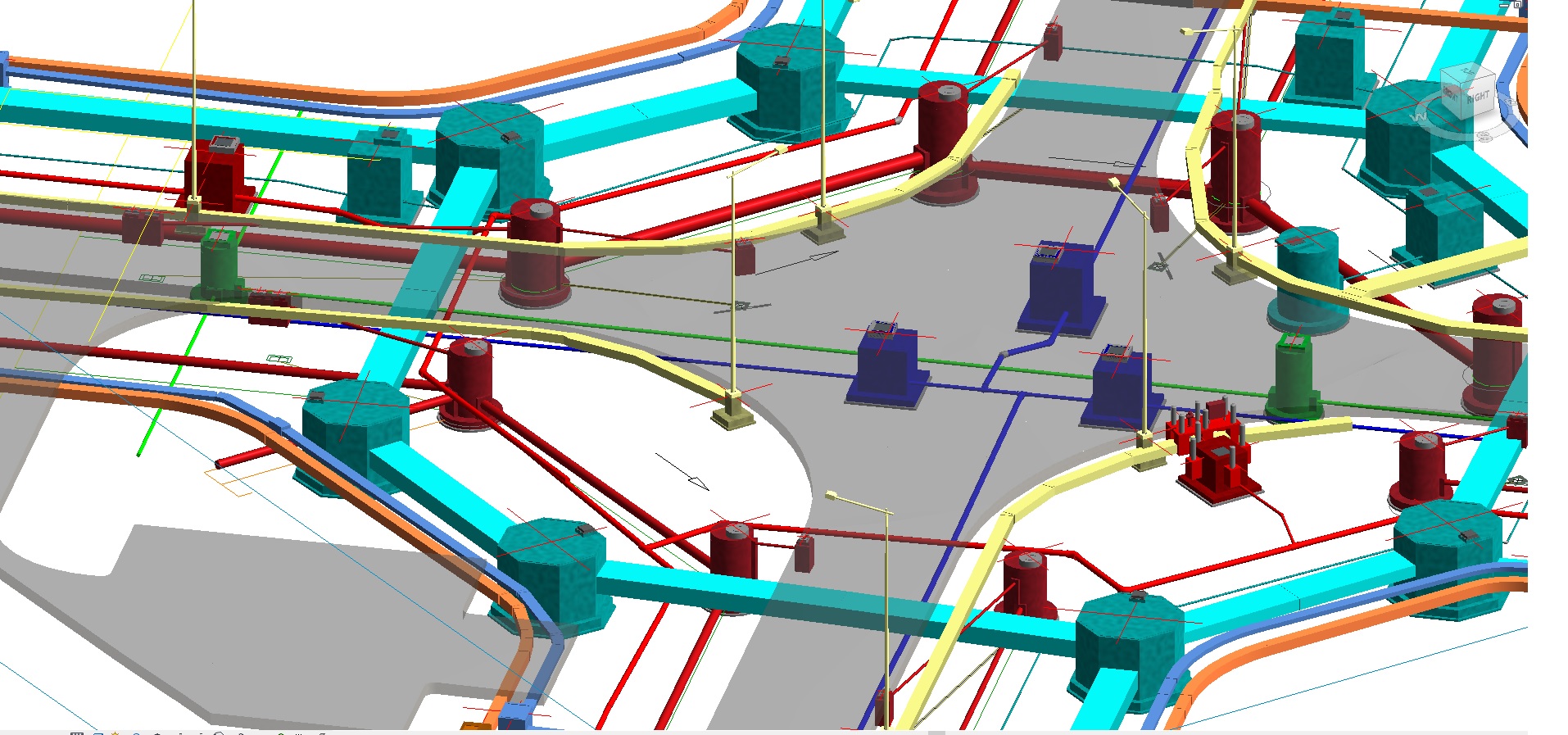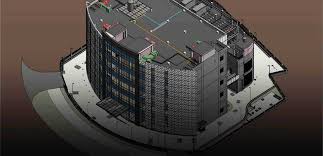Digitization is becoming essential in all areas of life due to its ability to increase efficiency and create new opportunities. The problems that we face these days can perhaps only be addressed by the modern technology. The AEC firms today face various challenges like shorter deadlines, reduced project margins, increased competition, lack of skilled labor etc. In these situations without the help of modern technological solutions it would be difficult for them to achieve their goal.
Since the advent of CAD and Drafting Services the construction sector has been on a digital revolution of sorts albeit at a slower pace. With Building Information Modeling the benefits of technology in construction has become even more undeniable. Moreover, it is no longer restricted to just pre-construction. With drones, robotics, virtual reality, prefabrication, 3D printing etc. the whole process of construction from presentation to onsite construction to management has become affected. The pressure for change now just doesn’t arise from necessity but from various other factors. Below we look at three such factors.
Evolving Client Expectations:
The clients today have various sources of information like social media, magazines; TV shows etc. which make them well aware about all the advancements taking place in the construction. They are also easily influenced and expect a variety of features in their homes, offices, commercial buildings etc. which would be more difficult to incorporate without modern technology. BIM with its 3D visualization capabilities as well as virtual reality and augmented reality make it possible to give comprehensive presentations to clients from the onset to ensure complete satisfaction and transparency.
The new generation of AEC professionals:
The more experienced professionals might be more set in their ways where they may not always find it easy to migrate to modern technological advancements. It would not just be stepping out of their comfort zone but could also take up a significant amount of time and investment. The younger generations are perhaps more technologically savvy and learn CAD, BIM at colleges and universities. The younger generation is being prepared for the emerging technological jobs in the construction sector and they will have the domain specific knowledge to incorporate it effectively.
Launch of large infrastructure projects:
The market needs in terms of new infrastructure networks internally in the city as well as between cities is growing exponentially. There is of course the demand of new roads, bridges, intercity networks etc. due to the increasing demand and urbanization while on the other hand there is the need of upgrading the existing infrastructure. Without technology like BIM for infrastructure, Scan to BIM Services, drones, robots etc. it would be difficult to meet these infrastructure demands.
Digitization in the construction sector has today become inevitable. Its potential is tremendous and it could help bring more accuracy and productivity as well as enable AEC firms to gain monetary benefits. There is no doubt that with digitization there is a significant change coming in the near future.











